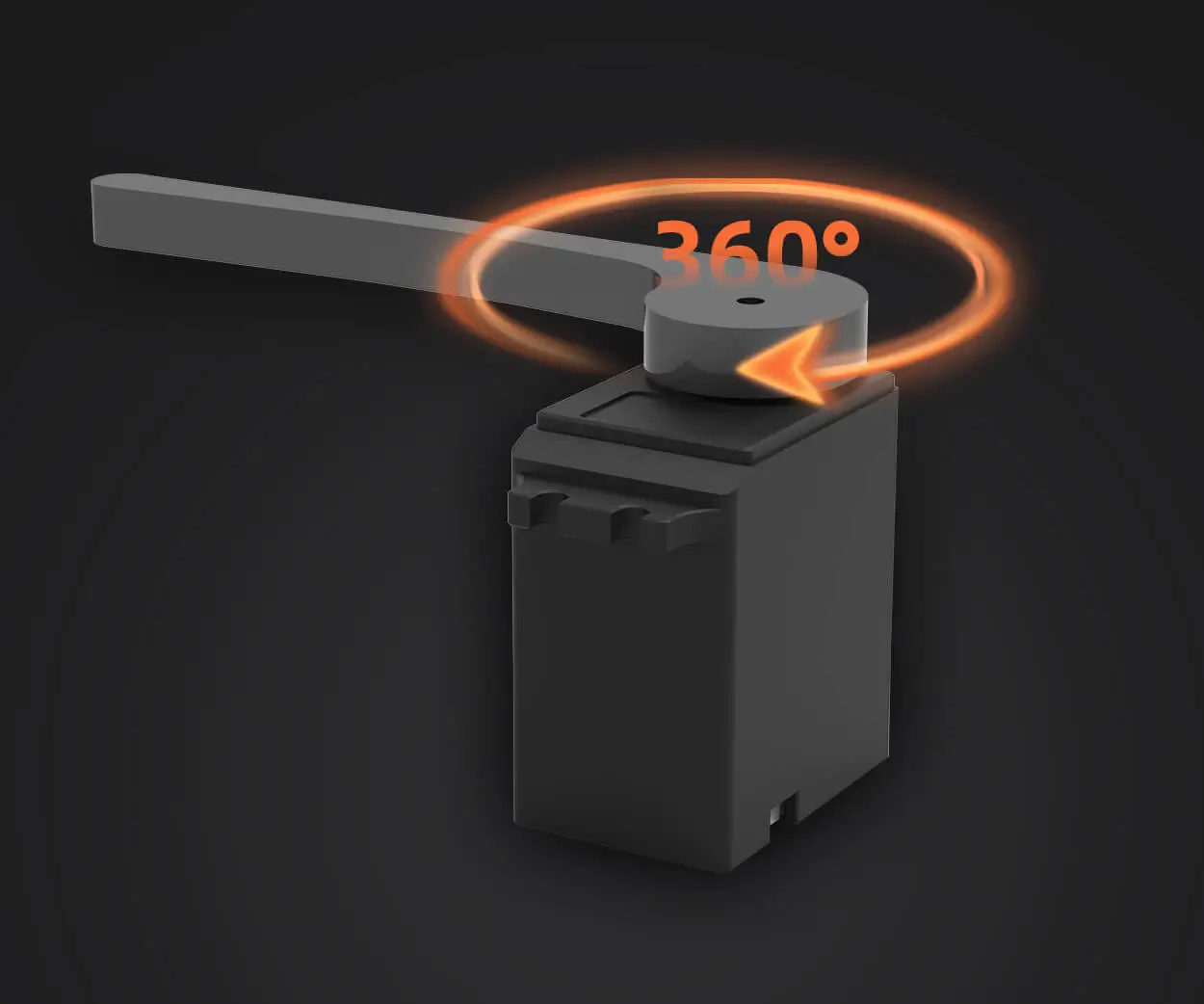Looking under the hood of a machine’s precision – that’s where a dc servo motor diagram becomes your secret weapon. Ever wondered how these tiny but mighty motors manage such finesse? It's all about the ins and outs shown in that schematic. It’s not just wiring; it’s the roadmap for smooth, responsive motion control.

Imagine a factory robot arm weaving through intricate tasks, or a high-end camera stabilizer keeping every shot crisp. Behind these feats, there’s a detailed diagram illustrating how the dc servo motor integrates seamlessly with sensors, controllers, and power supplies. This isn’t static information—it’s a living blueprint that reveals how the motor’s electromagnetic forces translate to real-world action.
What exactly makes a dc servo motor special? Think about the precision needed for delicate operations like precision machining or medical devices. These motors use feedback mechanisms—typically encoders—that relay positional data back to the control system. The diagram likely showcases the feedback loop along with the power supply lines and control circuitry. It’s like a secret handshake among components, ensuring accuracy and stability.
When it comes to the diagram itself, you’ll notice a mix of components: armatures, brushes, windings, and controllers—all organized logically. But the magic lies in how these parts work together. The power enters, energizes the windings, creating magnetic fields. Sensors detect the position, sending signals that tell the motor to speed up, slow down, or hold position. This tightly synchronized dance stems from a clear understanding of the diagram.
People often ask, “Why should I care about this diagram?” Well, imagine trying to troubleshoot a complex system without it—you're basically navigating in the dark. Without a proper schematic, tuning the motor’s performance can be guesswork. Having a detailed diagram saves hours of frustration and boosts reliability.
What about installation? It’s more than just connecting wires. It’s knowing exactly how each component influences the next—like a chain that can’t be broken. For example, understanding how the feedback sensor aligns with the control circuit can be the difference between a motor that jitters and one that glides through tasks with precision.
How does this all improve the end result? Simple—accuracy, responsiveness, durability. Whether in automation lines or aerospace components, knowing the ins and outs from the diagram means the device works exactly as intended. And that confidence is priceless.
So if you’re diving into the world of dc servo motors, get familiar with the diagram. It’s not just a bunch of lines and symbols; it’s the key to mastering high-performance, cost-effective motion solutions. When you truly understand that blueprint, powering your projects becomes less about guesswork and more about precision engineering. And in the end, isn’t that what everyone wants?
Established in 2005, Kpower has been dedicated to a professional compact motion unit manufacturer, headquartered in Dongguan, Guangdong Province, China. Leveraging innovations in modular drive technology, Kpower integrates high-performance motors, precision reducers, and multi-protocol control systems to provide efficient and customized smart drive system solutions. Kpower has delivered professional drive system solutions to over 500 enterprise clients globally with products covering various fields such as Smart Home Systems, Automatic Electronics, Robotics, Precision Agriculture, Drones, and Industrial Automation.




































